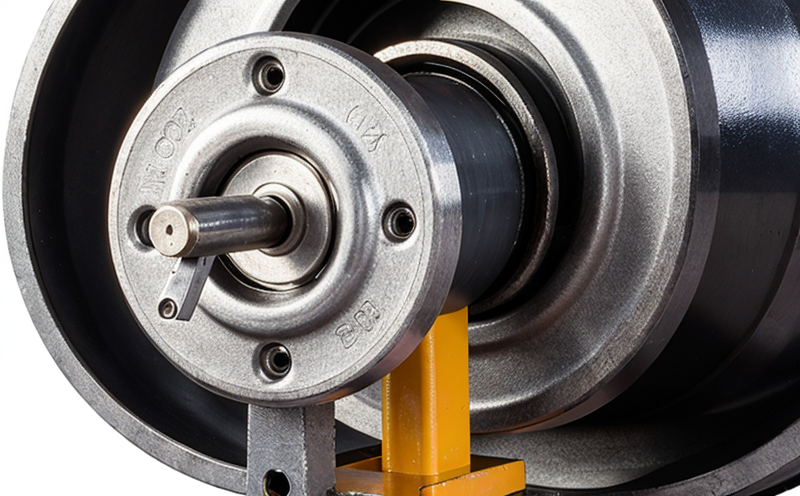Magnetic lifter inspection
The magnetic lifter inspection is a critical process used to ensure the integrity and operational safety of lifting equipment and cranes in various industrial sectors. This service is particularly important for industries where heavy loads are handled, such as construction, manufacturing, logistics, and mining. Ensuring that these devices function without faults can prevent accidents, reduce maintenance costs, and enhance overall productivity.
Magnetic lifters play a crucial role in the lifting process by providing an efficient means of transporting heavy objects with minimal operator effort. However, over time, they may experience wear or damage due to harsh operating conditions, leading to potential hazards if not inspected regularly. This inspection service leverages advanced magnetic testing techniques to detect defects and ensure that these devices meet stringent safety standards.
The process involves the use of magnetic particles or a magnetic field to identify surface and near-surface flaws in the lifting equipment's components. The magnetic lifter is placed on the object being inspected, and a magnetic field is applied. Any discontinuities or defects will be highlighted by the accumulation of magnetic particles. This visual inspection allows for the identification of cracks, fractures, or other imperfections that could compromise the integrity of the device.
By employing this method, we can provide detailed reports on any issues detected during the inspection process. These reports serve as valuable tools for quality managers and compliance officers to make informed decisions regarding maintenance schedules and potential replacements. Additionally, R&D engineers benefit from these insights when developing new lifting equipment designs that incorporate enhanced safety features.
The magnetic lifter inspection service is essential for ensuring that all lifting equipment adheres to strict industry standards such as ISO 13021-1:2017 and ASME PTC.29, which outline the requirements for the design, installation, operation, and maintenance of lifting devices. By adhering to these guidelines, we ensure that our inspections meet the highest levels of quality and reliability.
In conclusion, a magnetic lifter inspection is not just an optional service; it's a vital component in maintaining safe working environments within facilities handling heavy loads. Through rigorous testing methods, detailed reporting, and adherence to international standards, this service provides peace of mind for those responsible for ensuring workplace safety.
Applied Standards
| Standard | Description |
|---|---|
| ISO 13021-1:2017 | Cranes and lifting appliances – Part 1: General requirements for design, installation, operation and maintenance. |
| ASME PTC.29 | American Society of Mechanical Engineers standard related to the performance testing code for cranes and derricks. |
Scope and Methodology
The scope of our magnetic lifter inspection service covers the examination of all critical components involved in lifting operations. This includes but is not limited to hooks, chains, slings, magnets, and other parts essential for safe operation.
| Component | Description |
|---|---|
| Hooks | Critical points where the load is attached. Defects can lead to misalignment and increased stress on other parts. |
| Chains | Responsible for transferring forces during lifting operations. Chain wear or breakage poses significant risks. |
| Slings | Used to distribute loads evenly across multiple points, reducing the risk of concentrated stress on individual components. |
| Magnets | A key component in magnetic lifters, magnets need regular inspection to ensure they retain their strength and functionality. |
Benefits
- Prevent accidents caused by lifting equipment failures
- Extend the lifespan of lifting equipment through timely maintenance
- Comply with international safety standards and regulations
- Elevate workplace safety for all personnel involved in lifting operations
- Reduce downtime associated with unexpected equipment malfunctions
- Improve overall efficiency by ensuring reliable performance of lifting devices





